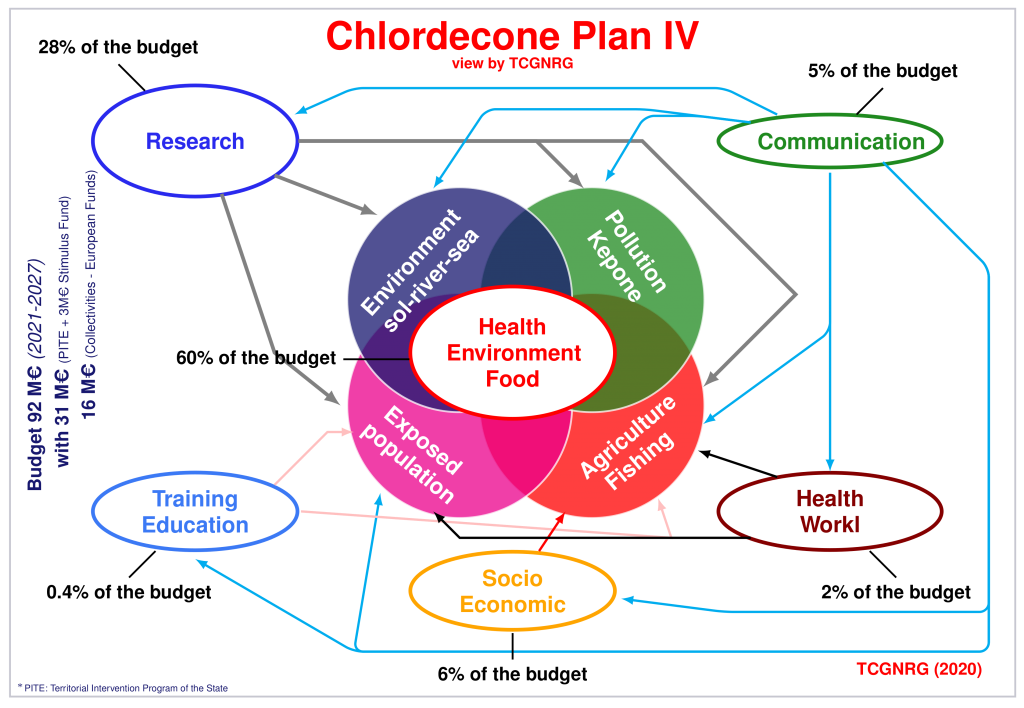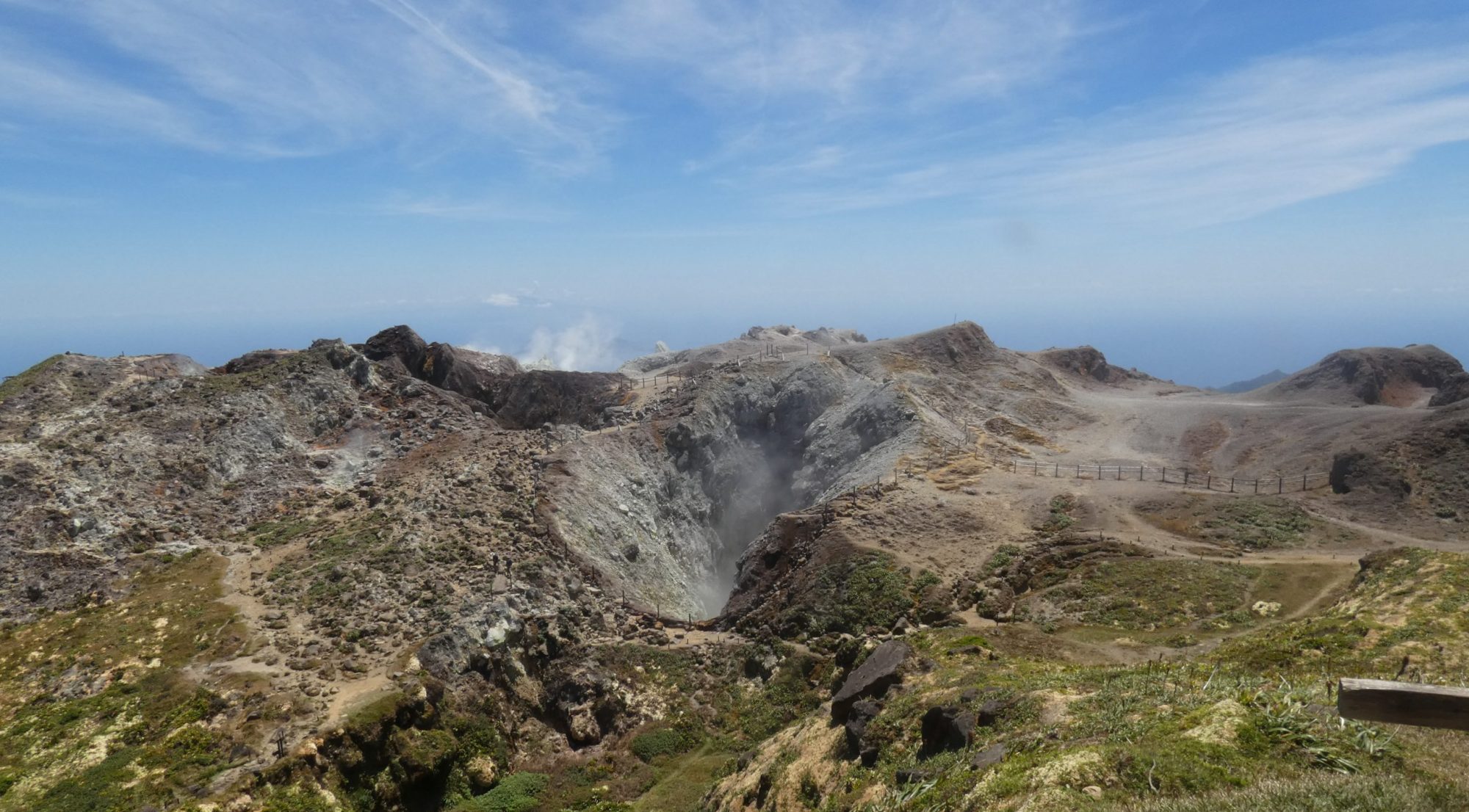
Figure 1. Scheme of Chlordecone Plan IV according to TCGNRG
The prefecture of Guadeloupe and Martinique have launched a public consultation on the future Kepone plan from Novembre 19th to December 18th. The will is to co-create the fourth plan of 2021-2027, with the population. Aims of this approach are clear : allow adhesion of the population and make the subject less cleaving.
It is true that the pollution by 300 tonnes of persistent organic pollutant of the soils between 1972 and 1993 has had effects. The toxicity of the molecule was known since 1975 (accident at the Hopwell plant in Virginia, USA). The agricultural world has benefited from ministerial derogations for its sell and usage. Effects are important on population health, agriculture, fishing and production and distribution of drinkable water. The molecule will take 300 to 600 years to be totally transported from the soil to the sea by lixiviation.
Many demonstrations have happened those recent years, violently repressed by police and justice.
Kepone (aka Chlordecone) [C10CL10O] was used against the banana weevil (Cosmopolites sordidus) but also against the leaf-cutting ant (Acromyrmex octospinosus) and the Giant African land snail (Lissachatina fulica). Its usage was not specific to the French Antilles. It is proved among others in Africa, East Europe for the potato crop or in French Guiana under the form of Mirex [C10Cl12] for the leaf-cutting ant.
The plan proposes six (6) strategies which are worth studying, with a provisional budget of 92 M€ (with 6 M€ from the EU and local collectivities) equivalent to 15.3 M€ per year, less than 20 € per capita per year, less than a blood test for Kepone at 80 € (see Figure 1).
Detailed analysis of the first version of the plan is questioning the aims of an approach which try to link the problematic of health, food, research, and training while taking into account the socio-economic situation. This plan for the French Antilles seems more based on the form of the approach than on the substance and the search for sustainable solutions.
Two point are particularly disturbing:
The aim of the strategy of “Research” (28% of the budget)
« The objective of this strategy is to develop transversal research taking into account the expectations of the local population, under the guidance of a scientific committee with a global vision of the impacts of kepone, and more broadly of other pesticides. »
So a funding up to 27M€ with only a goal to get a transversal project which will answer to the expectations (not necessarily to the issues) of the population. We are quite far from scientific research, hypothesis to validate and search for valid solutions.
The second point is the strategy « Socio-Economic » (6% of the budget)
Which will aim among other « […] the modernization of fishing and aquaculture tools. » and « […] sustainable fishing ». In a context of decreasing of the fishery resource particularly in the Caribbean Sea and the release kepone of the soil after lixiviation by tropical rainfall it seems strange to search to speak about sustainable fishery.
Fishery is a collect of food in an open geographic space, without physical boundaries. It is difficult to evaluate the resource continuously and ensure the perpetuity and so its sustainability.
Because of the numerous inaccuracies and the politics nature of this first version of the Chlordecone plan IV, it is important for the people to speak out. The citizens must raise its complaints and point out the lacks of this first version. So that the major interest which is the population health is truly taken into account, while ensuring the continuity of agricultural activities and fishery production as well as the preservation of biodiversity.
Link to the public consultation : https://consultationpublique-chlordecone.fr/

